
Chinese lotus shoes have in large part determined the Chinese sexual perception for nearly a thousand years (c.960-1911). The female foot bound up to be as small as possible, with the pointed shape of an unopened lotus flower.
Crowning Point
The tiny feet of a woman were considered to be the most intimate part of the body, the ultimate symbol of femininity and the crowning point of sexual appeal.
Vulva in Detail
Erotic paintings (Fig.1) show completely naked women, with the vulva pictured in detail, but an image of a bare, bound foot was strictly prohibited. Only in unique cases has an artist attempted to go as far to show a woman unwinding the bandages on her foot.
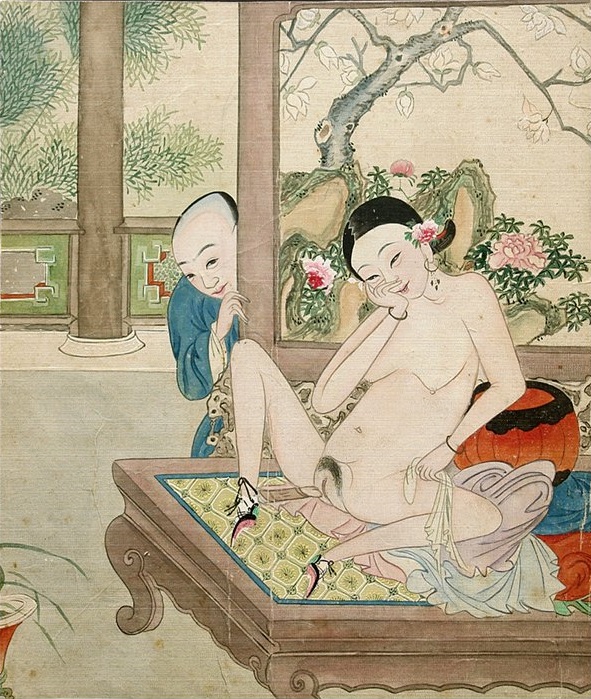
Fig.1. ‘Nude girl playing with herself using a dildo attached to her ankle. She is observed by a man standing behind a screen‘ (c.1860) by an unknown highly-gifted artist (Sold)
Aphrodisiac
In poetry the golden lotus is passionately defined: the smaller the foot, the greater the woman’s charm. Chinese men became euphoric at the sight of the little ‘lotus shoes’, with which a whole set of wicked games could be played. As astounding as it may seem today, at the time the bound foot was the most exciting aphrodisiac for the Chinese man.
Origin Chinese Lotus Shoes
It is difficult to trace back the exact origin of the practice of binding feet (Chan zu). One of the most convincing stories tells that the practice dates back to the beginning of the Song dynasty (960-1279), when Prince Li Yu reigned over one of the Ten Kingdoms in Southern China.
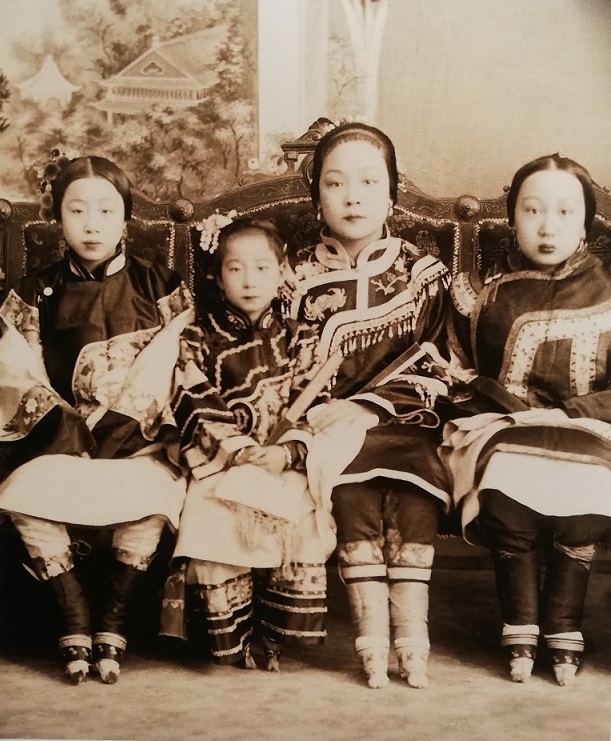
Fig.2. ‘The girls of a brothel with their younger ‘sister’, late 19th century
Favorite Concubine
Li’s favorite concubine, Yaoniang, or ‘the girl with the distant look’, gave a mesmerizing dance performance in the chalice of a man-sized golden lotus inlaid with pearls. She had her feet bound with silk, so that they resembled ‘waxing moons’. During the dance she whirled round on feet shaped into points, so that she seemed to be floating.
Deep Impression
This refined spectacle made such a deep impression on the prince and the audience that other ladies started to mimic her and bound their feet in a similar fashion. In this way the fashion spread throughout the court.
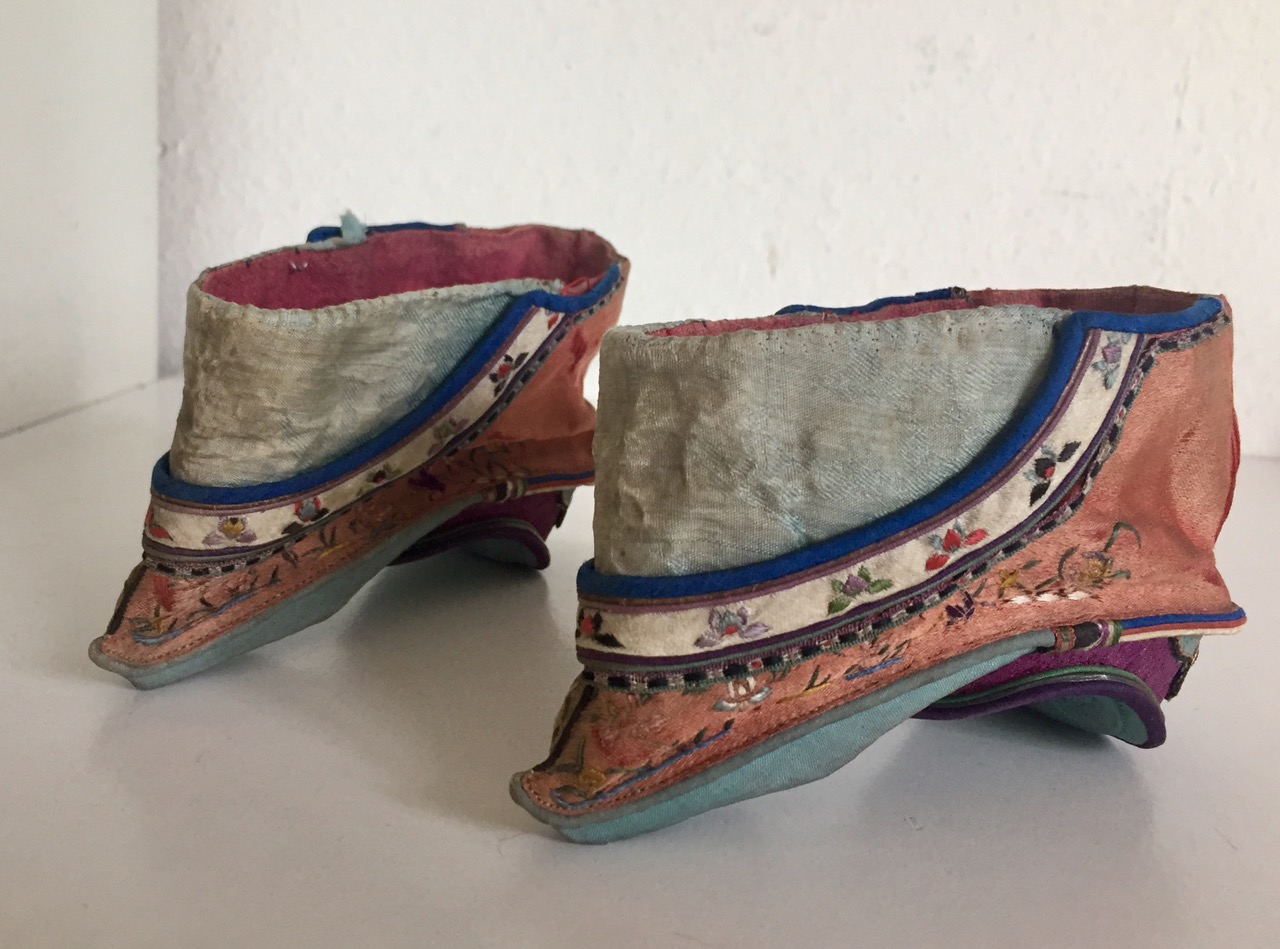
Fig.3. ‘Pair of original Chinese lotus shoes in the golden lilies style‘ (c.1870) (Euro 685,-)
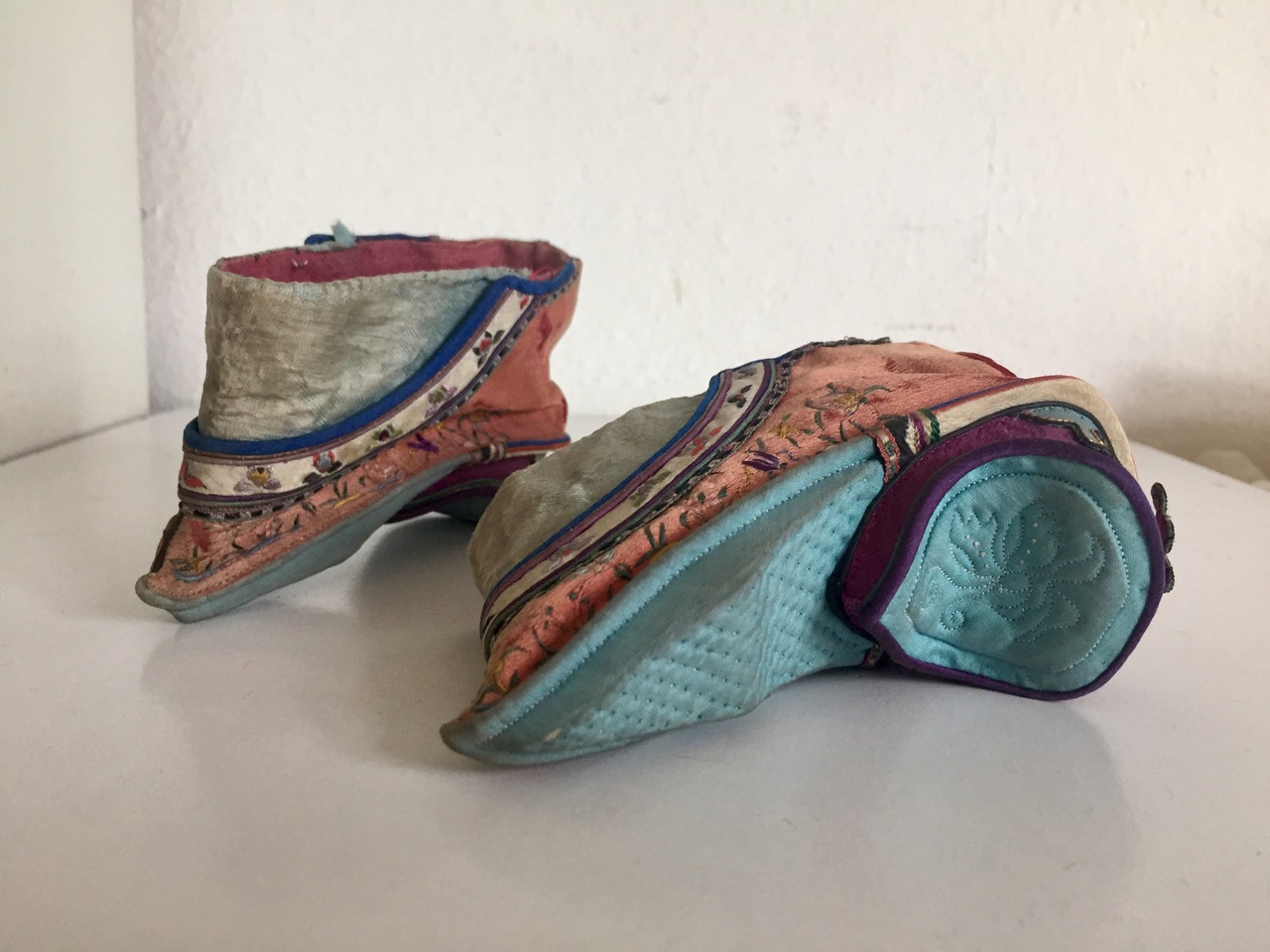
Fig.4. ‘Bottom of the shoe‘
The Ideal of the Lotus Foot
All in all, it’s rather surprising that the ideal of the lotus foot should have originated from a dance culture, since with bound feet it is hardly possible to walk in a normal way, let alone dance. Yet there is a clear analogy with the pointe in Western ballet.
Goddess of the Small Feet
The binding of the feet entailed a whole ritual. When a girl of the well-to-do classes was at the age of five, and it was the 24th day of the eighth month (the birthday of the ‘Goddess of the Small Feet’), the mother of the girl would place two decorative shoes embroidered by her as an offering on the altar of Guanyin.
Footbinder’s Chair
The procedure was often executed by a senior woman who specialized in the binding of feet, but it could also be the mother of the girl, or sometimes her future mother-in-law. A special footbinder’s chair was used for this (see Fig.5).
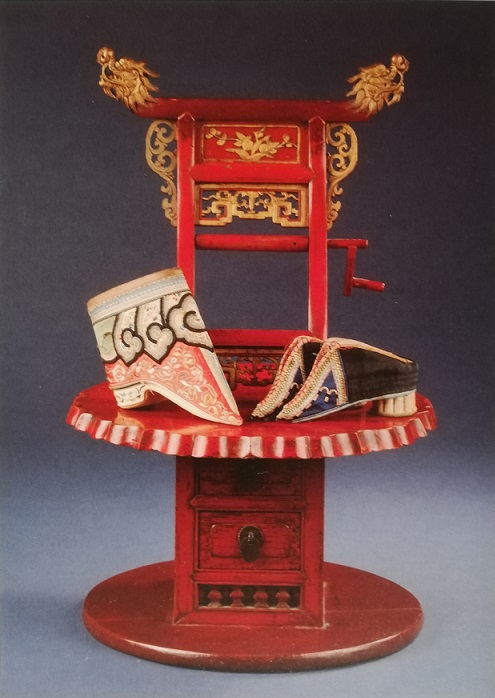
Fig.5. ‘Red lacquer and gilt wooden footbinder’s chair with three lotus shoes on it‘, 19th century. H. chair 54,2 cm (21 1/3″)
Big Toe
First the feet were soaked in warm water and massaged. Then the four small toes were bent under the sole of the foot and wrapped round with strips of cotton. The big toe was left free and was slightly bent upwards for balance. This was the first stage of binding, which was called the ‘light form’.
Figure of Eight
Next the heel was pushed in the direction of the bent small toes, so that these, together with the bones of the instep, were pushed out of their normal position. For this the bandages were wrapped round the foot as tightly as possible in a figure of eight.
Most Painful
Sometimes the material was soaked in hot water before use, in order that it would shrink as it dried and would squeeze the foot together even more. After this the newly made shoes would be put on, and the most painful part of the procedure would begin because the girl had to take her first steps on her newly bound feet.
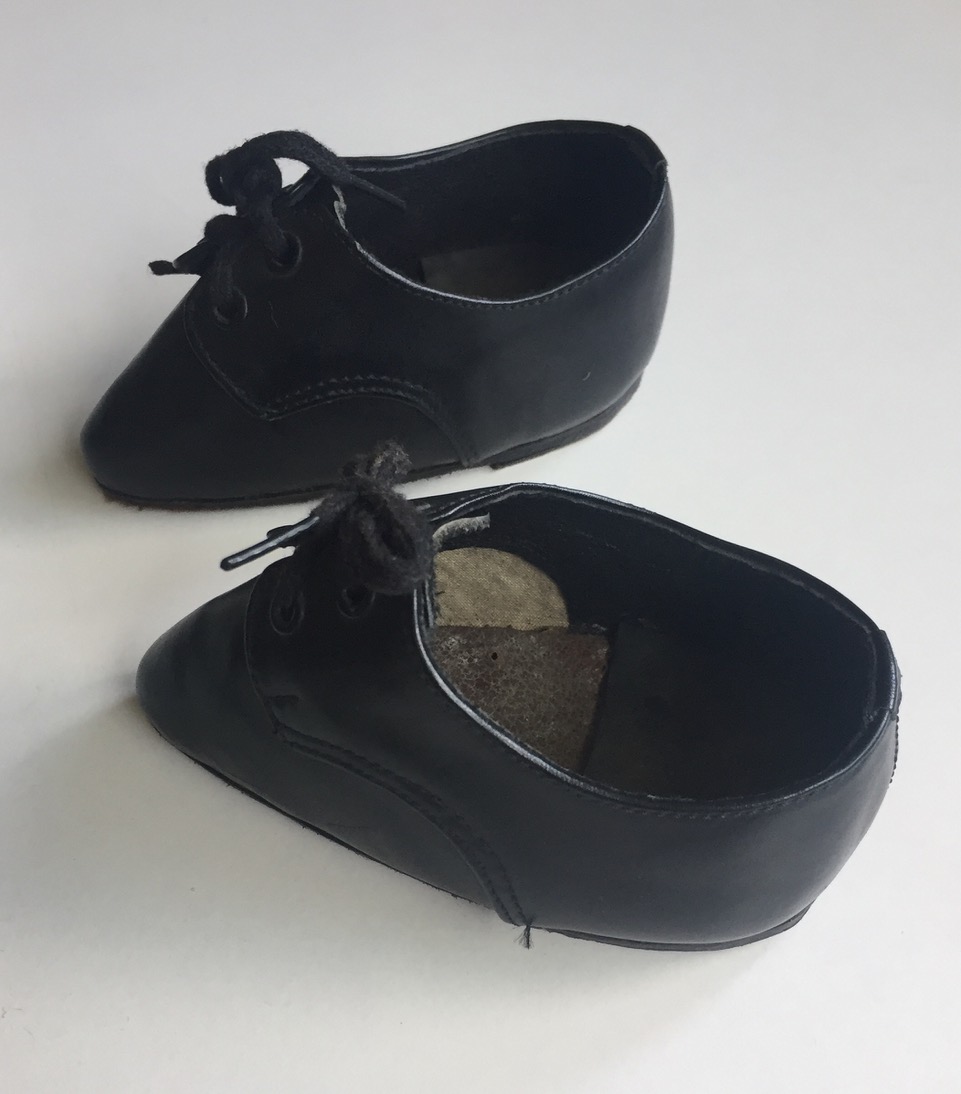
Fig.6. ‘Rare pair of western-style leather lotus shoes (c.1859-1912)’ (Euro 375,-)
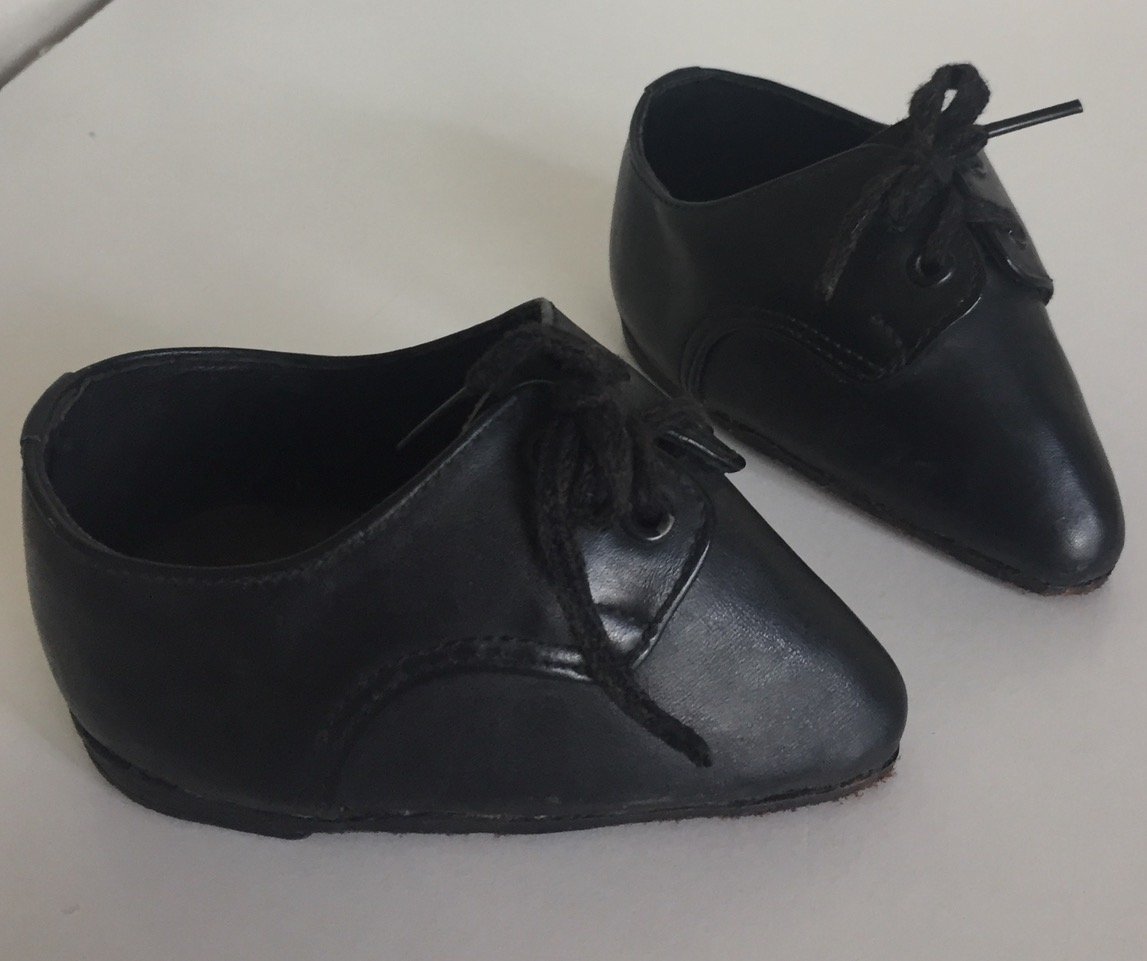
Fig.7. ‘Front‘
Aesthetic Norms
After that the bandages would have to be changed almost every day and the skin rubbed with alum to toughen it. Gradually the feet would be bound less often, but ever more tightly, so that every time smaller shoes were needed. In this way a groove was formed between the upturned sole and the heel, in accordance with the aesthetic norms.
Delicate Stem
It took about two years before the foot finally acquired the ideal shape of a pointed lotus bud. The girl could by then only move with difficulty, but in poetry her walk was described as ‘the elegant sway of a lily on her delicate stem.’
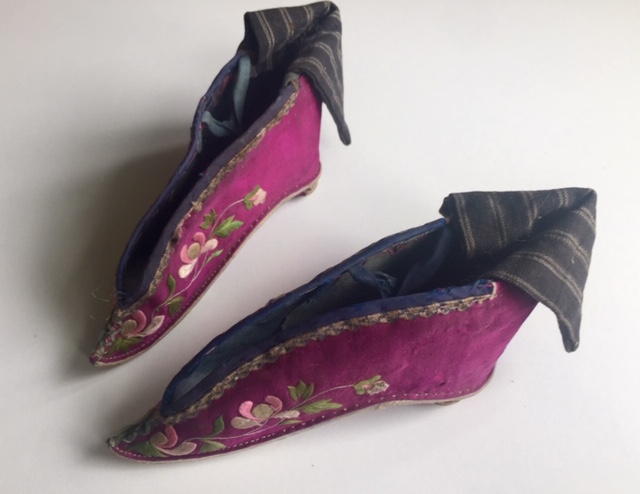
Fig.8. ‘Embroidered silk-shoes with flowers (6″ inches)‘ These lotus shoes are also depicted in ‘Concubines and Courtesans‘ (Pl.17 – p.25) (Euro 550,-)
Banquets
Sometimes banquets were organized in adoration of the bound foot, where guests would drink wine from the small shoes of the courtesans present. This was called gan jinlian bei, ‘drinking a toast with a Golden Lotus beaker.’
Birthday
The various colors and shapes of the shoes were partly determined by the status of the woman and local fashion. Colors were also attuned to the seasons and special occasions, such as a birthday or an official feast day.
Wedding Shoes
Shoes with light, bright colors were mainly worn by adolescent girls, while prostitutes generally preferred embellishing themselves in vivid color combinations. Softer colors were for middle-age women, while dark colors and black were worn by older ladies. Wedding shoes and sleeping shoes were mostly red, while mourning shoes were white.
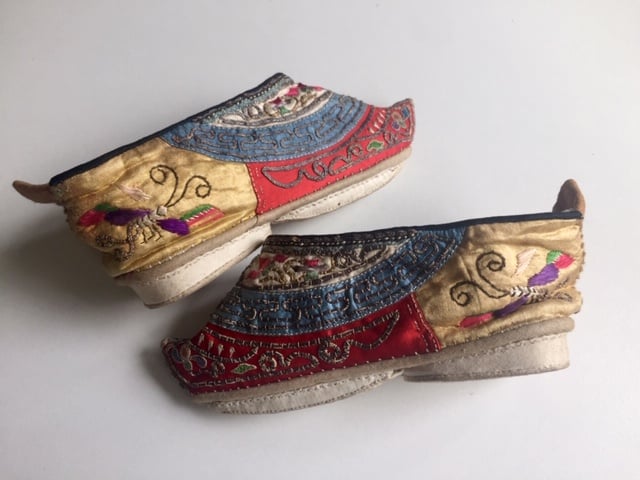
Fig.9. ‘Silk shoes with various embroidery including grasshopper‘ (late 19th c.) (Euro 485,-)
Ugly Face
Bound feet gave a woman a certain prestige: it was an indication of wealth. Since her husband could afford a wife who was almost entirely condemned to a chair, this person certainly had to be successful. Furthermore, it made the woman sexually attractive and eligible for marriage. It would be preferable for a woman to have an ugly face or a bad figure than big feet. Women with big feet were after all, destined for the very poorest men.
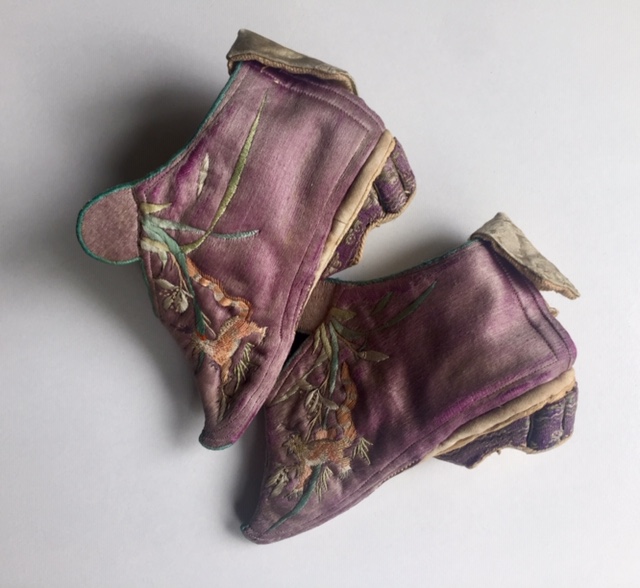
Fig.10. ‘Lotus shoes with embroidery of tigers near a tree‘ (Euro 265,-)
Tortoises
Courtesans often had the smallest feet on which they could hardly walk, if at all, and which were there most important trademark. At the end of the nineteenth century courtesans were carried on the backs of male assistants. For that reason, the latter were also called wugui (‘tortoises’). They came from the lowest classes. The word had a sexual connotation because of the resemblance between the head of the tortoise and the head of a swollen penis.
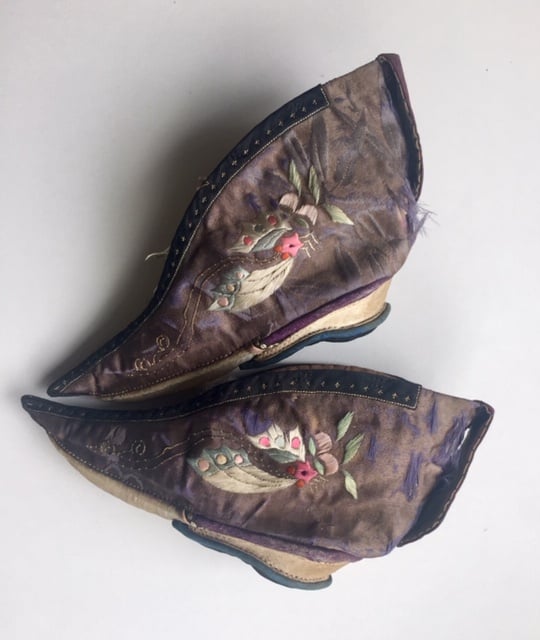
Fig.11. ‘Brown-colored pointed lotus shoes with colorful embroidery‘ (Euro 285,-)
Excitement
It was known that courtesans and prostitutes would never take off their bandages in the presence of a client, because this could cause too much excitement. They even kept their shoes on when they took off all their other clothes.
Male Actors
From the late Qing period (1644-1912) a few male actors adopted the light-form of foot-binding (Fig.12). They played female roles, because it was forbidden for theater companies to have mixed sexes. Yet, regularly wooden stilts were used, the ends of which were inserted into lotus shoes.
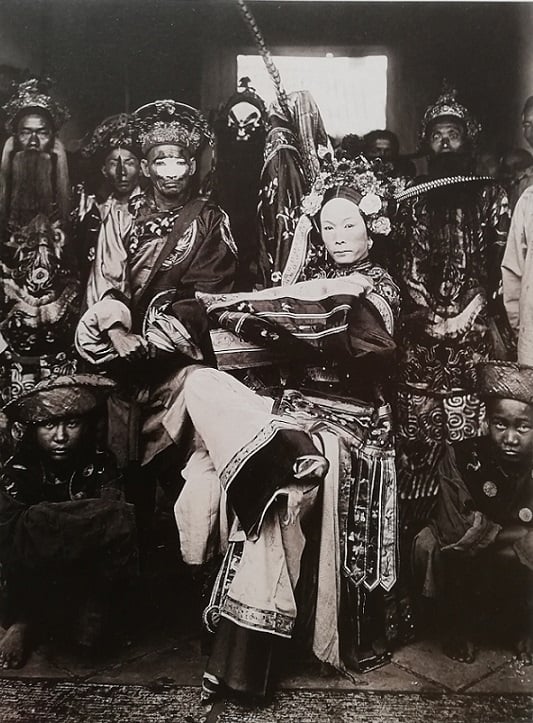
Fig.12. ‘Male actor playing the principal female role, Yunnanfu (Kunming), 1902‘ Photograph by Auguste François (1857-1935)
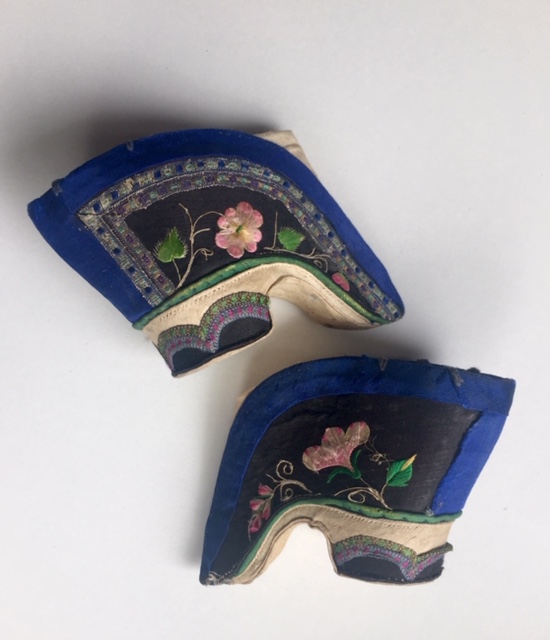
Fig.13. ‘High-heeled pair with flower motifs‘ (Euro 265,-)
Too Strong
Foot-binding was not embraced in the whole of China. There were communities such as the Manchus, a nomad tribe from Manchuria in the north, who tried to forbid the ritual when they took over government shortly after 1644. But the tradition was simply too strong.
Tanka
Other sections of the population in China that did not approve of the fashion of the Han Chinese were the Hakka tribe in the south, the hill tribes in Northern China and the Tanka. The latter lived on boats in the coastal waters of the provinces of Kwangtung (Guangdong) and Fukien (Fujian). In general the Tanka depended for their living on the transport of goods. Their wives often worked as prostitutes.
Bloodiest
The rebels of the Taiping revolt (1851-1864), one of the bloodiest in the history of China, were strongly against the binding of women’s feet. But also they failed to ban the tradition in the regions they had conquered in central and Southern China.
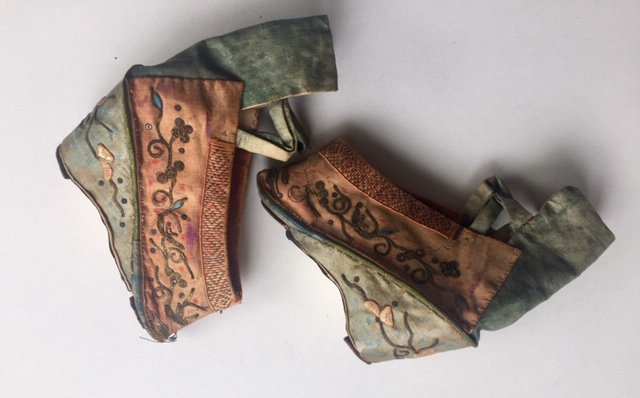
Fig.14. ‘Ritual silk shoes for the altar of Guanyin‘ (Euro 385,-)
Great Aversion
It is known that the Chinese Christians had a great aversion to foot-binding. They also tried to discourage the ritual, partly under the influence of Western missionaries, but again it was to no avail. It was not until after the Chinese revolution in 1911 that a legal ban on the binding of women’s feet was successful.
Pain and Anguish
From that moment on women were obligated to remove the bandages and give up wearing lotus shoes. This again caused much pain and anguish, because their distorted feet no longer had any support and for the first time started to grow again. Still it took decades before the method of foot-binding eventually died out in the conservative part of China.
In the following short video the well-known Chinese erotic art collector Ferry Bertholet refers shortly to the taboo of showing the naked foot…
The above lotus shoes were previously part of the acclaimed collection of Ferry Bertholet. Original lotus shoes from the 19th century of this quality are rarely seen on the market.
All pieces are available (when the price is mentioned!). If interested, you can click HERE for inquiries…..!!
Click HERE for more Chinese erotic art….!!
Source: ‘Concubines and Courtesans: Women in Chinese Erotic Art‘ by F.M. Bertholet
What are your thoughts about this striking fashion that dominated China for such a long time? Let us know in the comment box below…!!










